The Yangtze River dolphin is a unique freshwater dolphin species, found in the lower reaches of the Yangtze River in China.
The Yangtze River is one of the longest rivers in the world, serving not only as an important waterway but also as a vital habitat for many species, including the Yangtze River dolphin, the only freshwater dolphin species in the world. The Yangtze River dolphin belongs to the cetacean family, and today its habitat is facing numerous threats, making its protection a top priority.
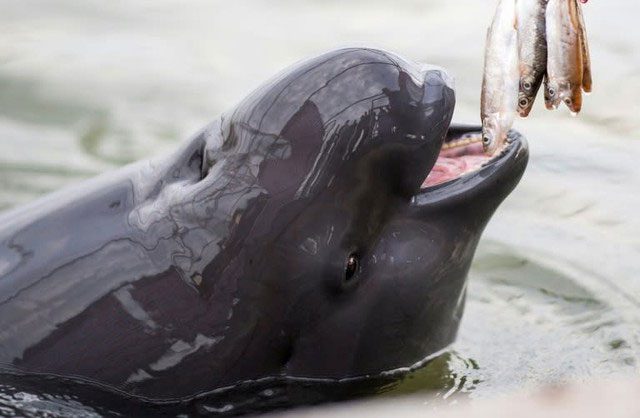
The Yangtze River dolphin (Neophocaena asiaeorientalis) is a toothed dolphin species belonging to the family Phocoenidae. It is endemic to the Yangtze River in China.
The Yangtze River dolphin, also known as the narrow-ridged finless porpoise, with the scientific name Neophocaena asiaeorientalis, is a species remarkably adapted to freshwater environments. It plays an essential role in maintaining the ecological balance of the Yangtze River ecosystem and has attracted the attention of scientists and environmentalists.
True to its name, the finless dolphin has only a narrow ridge instead of a dorsal fin, unlike its ocean-dwelling relatives. The main characteristics of the Yangtze River dolphin are its lack of a fin and large eyes on its head, with a gray back and white belly. The finless dolphin primarily feeds on fish and has a streamlined body that allows it to swim quickly in the water. An adult finless dolphin can measure over 2 meters in length, weigh more than 100 kilograms, and live for about 20 years.
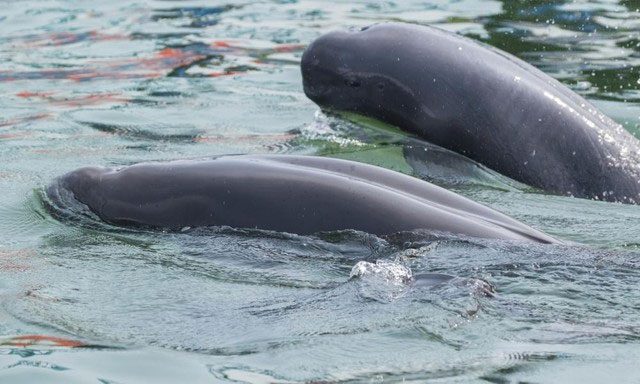
As its name suggests, these finless dolphins have a flat back and completely lack a fin. Instead of a dorsal fin, these dolphins have a ridge or “groove.” The finless dolphin originally inhabited brackish waters along the coasts of the Indian and Pacific Oceans. However, a population has dispersed into the freshwater environment of the Yangtze River. Recent studies have discovered that the East Asian finless porpoise (N. sunameri) and the Yangtze River dolphin (N. asiaeorientalis) have undergone separate reproductive processes and gene flow divergence for thousands of years.
The Yangtze River dolphin mainly inhabits the Yangtze River, extending 6,300 km throughout China. In recent years, due to the impact of ecological degradation, water pollution, and increased human activity, the distribution of the Yangtze River dolphin has become increasingly fragmented. Currently, their range is primarily distributed from Yichang to Nanjing and from Yichang to Jingzhou. Additionally, they are also found in Poyang Lake and Dongting Lake.
The finless dolphin plays an important role as a unique freshwater species, but its future remains uncertain. The population of this species has rapidly declined over the past few decades. In 1991, it was estimated that there were more than 2,500 individuals, but by 2006, this number had dramatically decreased to only 1,800 individuals. By 2012, researchers could only observe 505 individuals in the main part of the river. Due to the sharp decline in numbers, the finless dolphin is listed as “critically endangered” on the International Union for Conservation of Nature (IUCN) Red List.
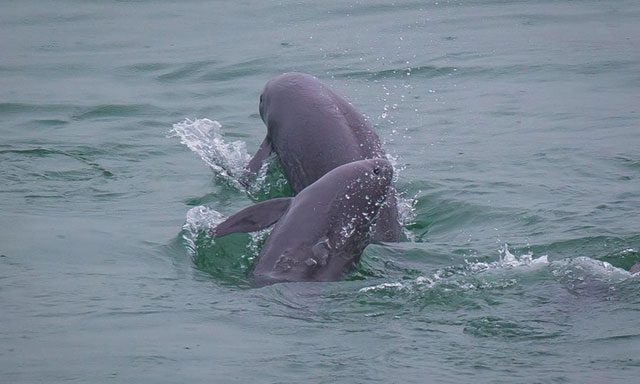
The East Asian finless dolphin and the Yangtze River dolphin were previously considered to be a single species with the scientific name N. phocaenoides, but genetic studies support that the Yangtze River dolphin is a distinct species, or at least a newly formed species, due to a lack of gene flow.
There are many reasons for the rapid decline of the finless dolphin population, among which the three most important factors are shipping traffic, river dredging, and noise pollution, along with reckless fishing practices that often entangle them in fishing nets and gear. Injury or even death poses a primary threat to the Yangtze River dolphin.
The Baiji dolphin (Lipotes vexillifer) is a close relative of the Yangtze River dolphin and once lived in the Yangtze River; however, this species was declared functionally extinct in 2006, becoming the first dolphin species to go completely extinct due to human activity. The extinction of the Baiji dolphin underscores the urgency of protecting remaining populations like the finless dolphin to avoid a similar fate as the Baiji.
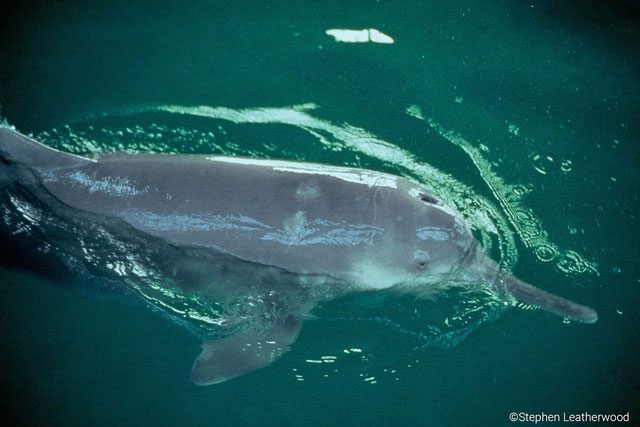
The Baiji dolphin (Lipotes vexillifer) is a close relative of the Yangtze River dolphin.
Despite the harsh current situation, there is still hope for the conservation of the finless dolphin. To restore and enhance the population, all parties are currently taking proactive actions. Notably, the Yangtze River Protection Law will officially come into effect in 2021, specifically stating that fishing activities in the main course of the Yangtze River and its tributaries will be completely prohibited for the next 10 years.
This move is highly significant and aims to create a more suitable ecological environment for the Yangtze River dolphin to survive and reproduce by reducing human interference and fishing pressure, thereby achieving effective population recovery.
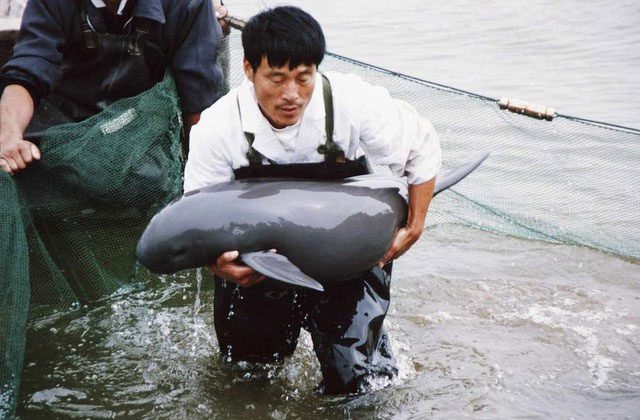
Finless dolphins are found in the main course of the Yangtze River and connected lakes. They only inhabit freshwater, setting them apart from other finless dolphin species. They tend to be found in shallow bays, wetlands, and river mouths year-round as they are not migratory.
Establishing reserves plays an irreplaceable role in maintaining the finless dolphin population in the Yangtze River. Currently, 13 nature reserves have been established in the Yangtze River basin to protect the Yangtze River dolphin, allowing them to develop and reproduce freely. Since 1996, the Institute of Hydrobiology under the Chinese Academy of Sciences has successfully bred a limited number of finless dolphins.
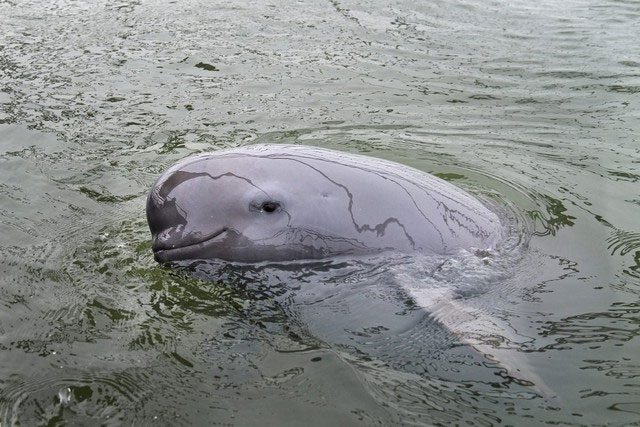
The diet of the Yangtze River dolphin may vary by season and the predominant prey during that time. The changes in their diet indicate that the Yangtze River dolphin may be an opportunistic feeder.
Restoring connectivity between the habitats of the finless dolphin is a crucial step in protecting this species. The current habitat of the finless dolphin population is excessively fragmented, severely obstructing their access to food sources and breeding opportunities. Reconnecting lakes with the main Yangtze River to allow seasonal migration will not only benefit the finless dolphin but also help restore the overall health of the ecosystem.


















































